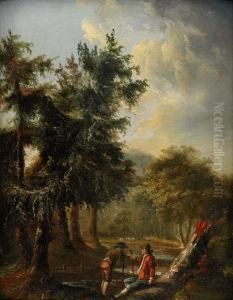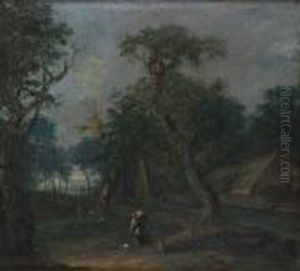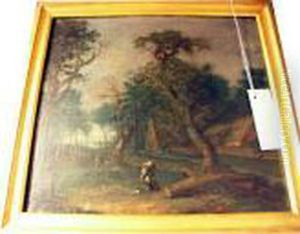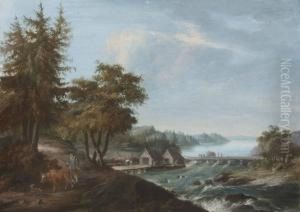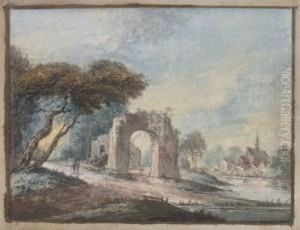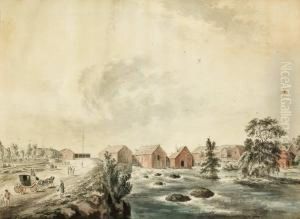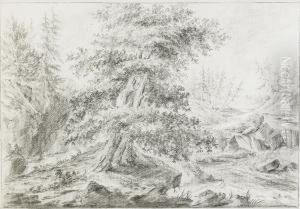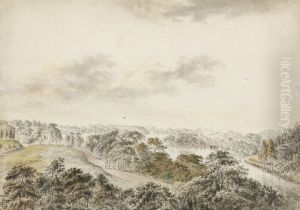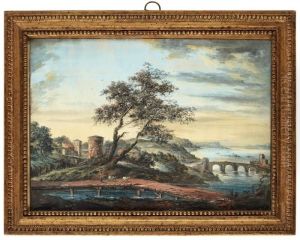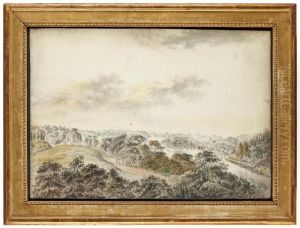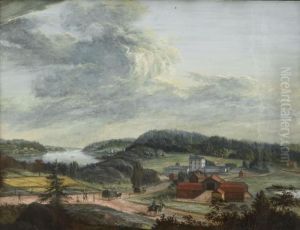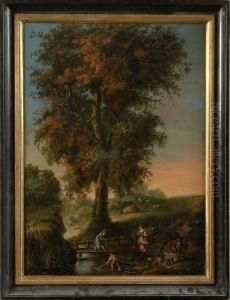Carl Peter Hillestrom Paintings
Carl Peter Hilleström, born on 22 November 1732 in Stockholm, Sweden, and died on 13 August 1816, was a Swedish painter renowned for his contributions to Rococo art in Sweden. His artworks predominantly feature genre scenes, portraits, and landscapes, capturing the essence of Swedish 18th-century society with a delicate and detailed touch.
Hilleström began his artistic journey at the Swedish Royal Academy of Fine Arts, where he honed his skills and developed a keen eye for the subtle nuances of everyday life. His talent was recognized early on, and he received commissions from various members of the Swedish nobility, which provided him with the opportunity to depict the opulent and refined lifestyle of the time.
In 1753, Hilleström embarked on a journey through Europe, which greatly influenced his artistic style. He spent significant time in Paris, where he was exposed to the French Rococo movement, an experience that left a lasting impact on his work. Upon returning to Sweden, Hilleström integrated the elegance and lightness of Rococo with Swedish themes, creating a unique blend that appealed to the Swedish audience.
Hilleström's contributions to Swedish art were not limited to his paintings. In 1773, he was appointed as the first professor of drawing at the Royal Swedish Academy of Arts, a position that allowed him to influence a generation of Swedish artists. His teaching emphasized the importance of observing nature and daily life, a principle that is evident in his own works.
Throughout his career, Hilleström enjoyed the patronage of the Swedish royal family, particularly King Gustav III, who was a great supporter of the arts. This relationship afforded him numerous opportunities to work on significant projects, including decorating royal palaces and contributing to the artistic landscape of Sweden during the Enlightenment.
Hilleström's legacy is preserved in the collections of major Swedish museums, including the Nationalmuseum in Stockholm, where his works continue to be celebrated for their historical value and artistic beauty. His depiction of 18th-century Swedish society offers invaluable insights into the cultural and social dynamics of the period, making him a pivotal figure in the history of Swedish art.
